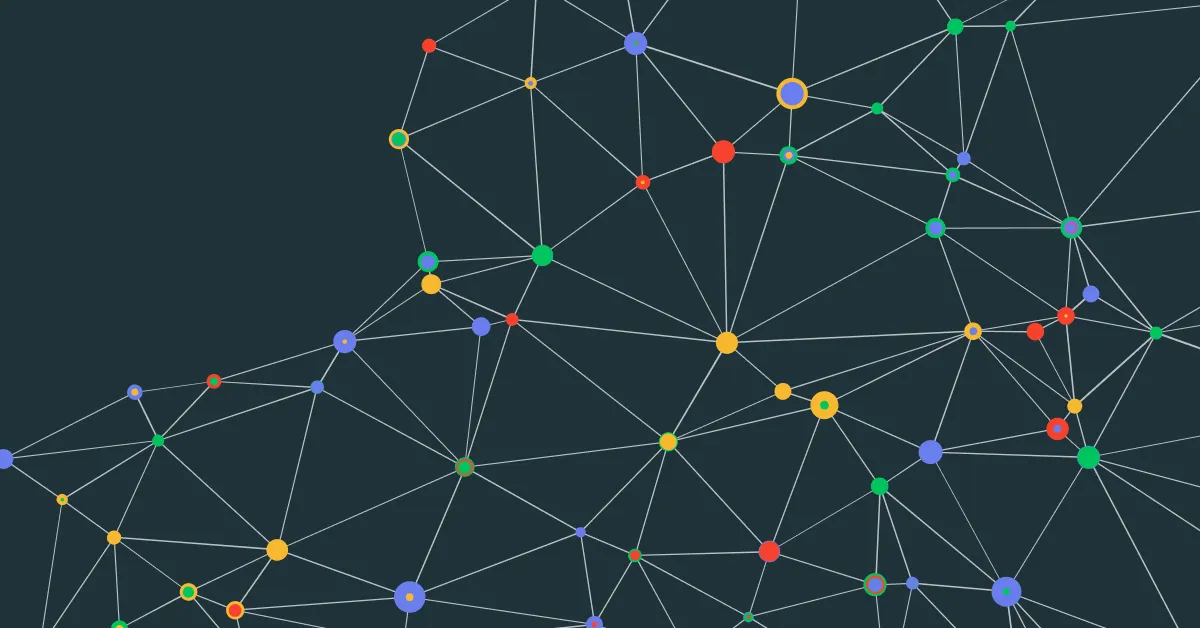Sandboxing technology has emerged as a critical tool in the battle against malicious software and cyber threats in the ever-changing landscape of cybersecurity. This blog post will take you on a journey through the history, evolution, and future potential of sandboxing technology, while also shedding light on the current market leaders in this field.
A Glimpse into the Past: The Origins of Sandboxing
Sandboxing has been a concept since the beginning of software development. A “sandbox” is a controlled environment in the computing industry where software can be run without affecting the underlying system. This concept of isolation was mainly applied to testing and debugging software, giving programmers a secure environment in which to experiment without worrying about breaking their primary systems.
Evolution and Rise to Prominence
The potential of sandboxing technology for security purposes became clear over time as cyber threats evolved. Traditional antivirus programs had trouble keeping up with malware that was rapidly evolving. Sandboxing was then used in this situation. Cybersecurity experts discovered that they could observe potentially harmful files or programs’ behavior and learn more about their intentions by isolating them in a safe environment.
The idea of utilizing sandboxes for security gained traction in the early 2000s. Sandboxing has developed into sophisticated systems that can analyze the behavior of files and programs in real time, moving beyond simple testing environments. This made it possible for security experts to effectively identify and counter threats that had not yet been seen.
Sandboxing Today: Unraveling the Current Landscape
Sandboxing technology is now a key component of contemporary cybersecurity strategies. It serves as an essential line of defense, assisting in the detection and neutralization of advanced persistent threats (APTs) and zero-day exploits. APTs are particularly dangerous because conventional security measures frequently miss them.
Leading cybersecurity firms in the market for sandboxing technology include Fortinet, Kaspersky, Check Point, Symantec, and TrendMicro. These businesses provide sophisticated sandboxing solutions that enable isolated analyses of files, websites, and even emails. This enables them to identify malicious activity that might otherwise go undetected.
The Road Ahead: Future Innovations and Challenges
Sandboxing technology will advance alongside cyber threats as they do. Sandboxing capabilities are anticipated to be significantly improved by artificial intelligence and machine learning. These tools can be used to automatically analyze sandboxed data, spot trends, and quickly spot anomalies.
However, difficulties are approaching. By creating malware that is specifically designed to detect virtual environments, cybercriminals are getting better at avoiding sandbox detection. This “sandbox-aware” malware tries to change its actions to make them seem harmless when being watched.
In Conclusion
Sandboxing technology has come a long way from its origins as a testing tool for software developers. It has evolved into a critical weapon in the fight against cyber threats, enabling security experts to understand and counteract the behavior of malicious files and programs. With the continuous advancements in technology, sandboxing will likely remain a cornerstone of cybersecurity strategies, safeguarding digital ecosystems from ever-evolving threats.




